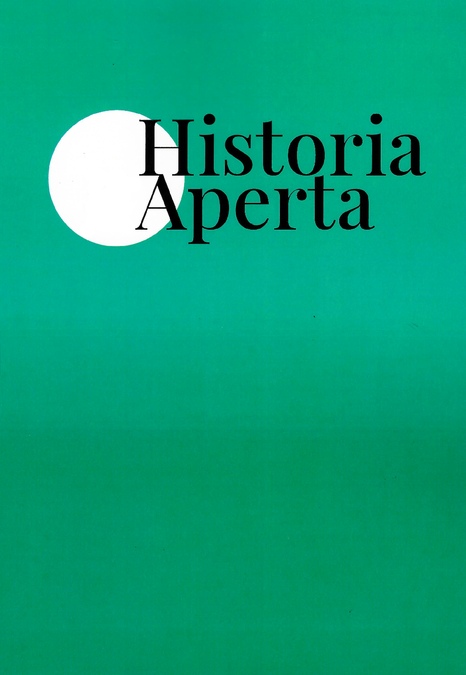Mírný pokrok v mezích zákona. "Experiment s přednostním hlasováním v obecních volbách v roce 1938 na příkladu Moravy a Slezska
Slight progress within the law. "The 1938 experiment" with preferential voting in municipal elections in Moravia and Silesia
Author(s): Vojtěch NavrátilSubject(s): National Economy, Political history, Electoral systems, Demography and human biology, Interwar Period (1920 - 1939), Sociology of Politics
Published by: Univerzita Hradec Králové, Filozofická fakulta
Keywords: 1938; municipal elections; preferential voting; Moravia; Silesia
Summary/Abstract: The municipal elections in the spring of 1938 were the only (mass) elections in the periodof interwar Czechoslovakia when the voters of the time had the opportunity to intervene– albeit to a very limited extent – in the order of candidates set by the parties. Specifically,each voter could cast one preferential vote and a candidate could move up on the candidate list if he or she achieved a number of preferential votes equal to the number of electoral votes needed to win one seat. In a total of 572 of the 1 100 Moravian and Silesian municipalities from which election results have been preserved, 5.48% of the approximately 430 000 voters used their preferential vote. From a regional point of view, voters insignificantly majority ethnically Czech districts (especially in eastern Moravia) were above average in this respect, while the use of preferential voting in ethnically mixed or majority German regions was significantly below average. In terms of the size of municipalities, the percentage of voters in municipalities with 201-500 inhabitants and generally those inmunicipalities with up to 2 000 inhabitants were the most active, only to decrease as thepopulation grew. This, together with the level of the electorate, which was low in the smallest municipalities and disproportionately high in the largest ones, resulted in the highest proportion of representatives elected by preferential voting in the smallest municipalities,while none were elected in this way in municipalities with more than 5 000 inhabitants. Out of a total of approximately 10 000 councillors, preferential voting helped to elect 120 of them, i.e. approximately one in 80 (1.20%). Among the voters of individual parties, preferentialvoting was used most by voters of civic parties (especially agrarians), slightly lessby voters of state-forming left-wing Czech parties, and least by voters of the Communist Party of Czechoslovakia and especially by voters of ethnic minority parties.
Journal: Historia Aperta
- Issue Year: 2024
- Issue No: 52
- Page Range: 92-117
- Page Count: 25
- Language: Czech

